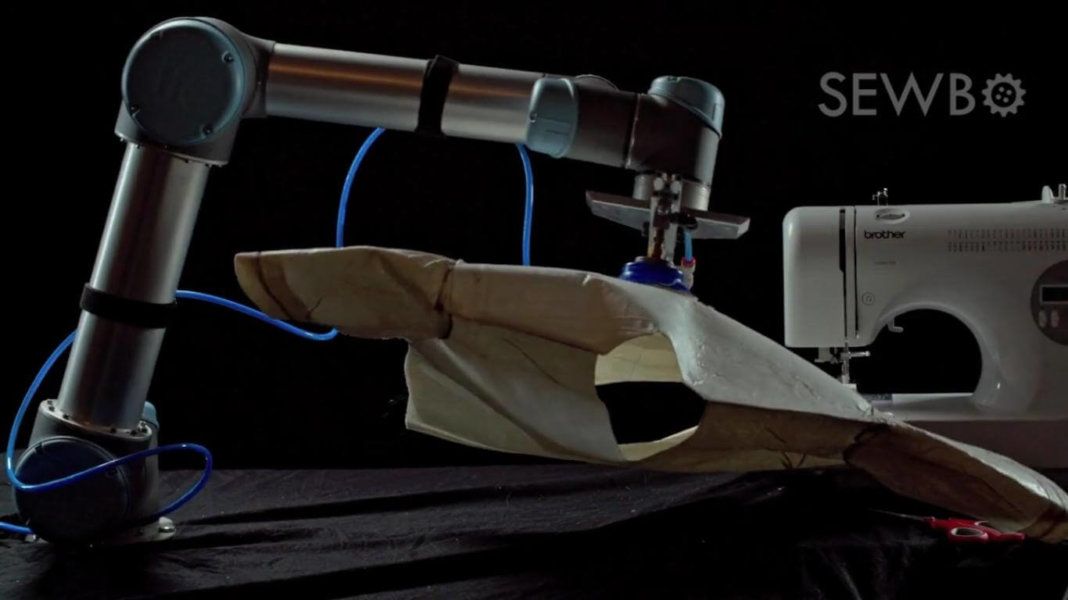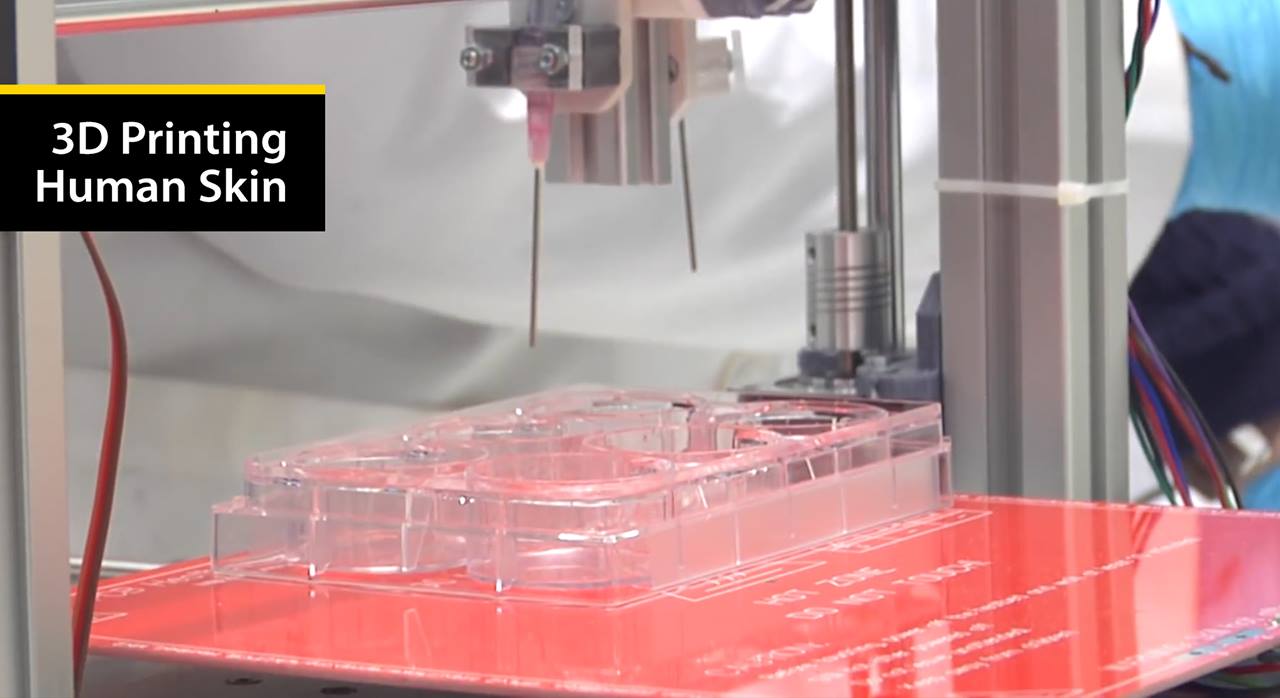Feb 3, 2017
An Antibiotic May Stop Growth of Deadly Brain Cancer Trending
Posted by Karen Hurst in categories: biotech/medical, neuroscience
Scientists on the quest to offer more hope for glioblastoma patients may have found a way to stop the growth of the deadly brain tumor. The discovery targets the genes that sustain the tumor growth past the early stages with the drug mithramycin, which may be more effective than the current chemotherapy treatments.
Glioblastoma is the most common and deadly form of primary brain cancer. In glioblastoma, malignant glial cells form vast networks of tendrils throughout the brain, making it nearly impossible to surgically remove all the cancerous tissues. Dubbed as the “octopus tumor,” the tumor can evade even the most aggressive surgeries, chemotherapies, and radiotherapies, leaving patients with a five-year survival rate of less than 10 percent. Patients are in desperate need of better alternatives or supplementary treatments to beat this notoriously deadly cancer.
Continue reading “An Antibiotic May Stop Growth of Deadly Brain Cancer Trending” »


















